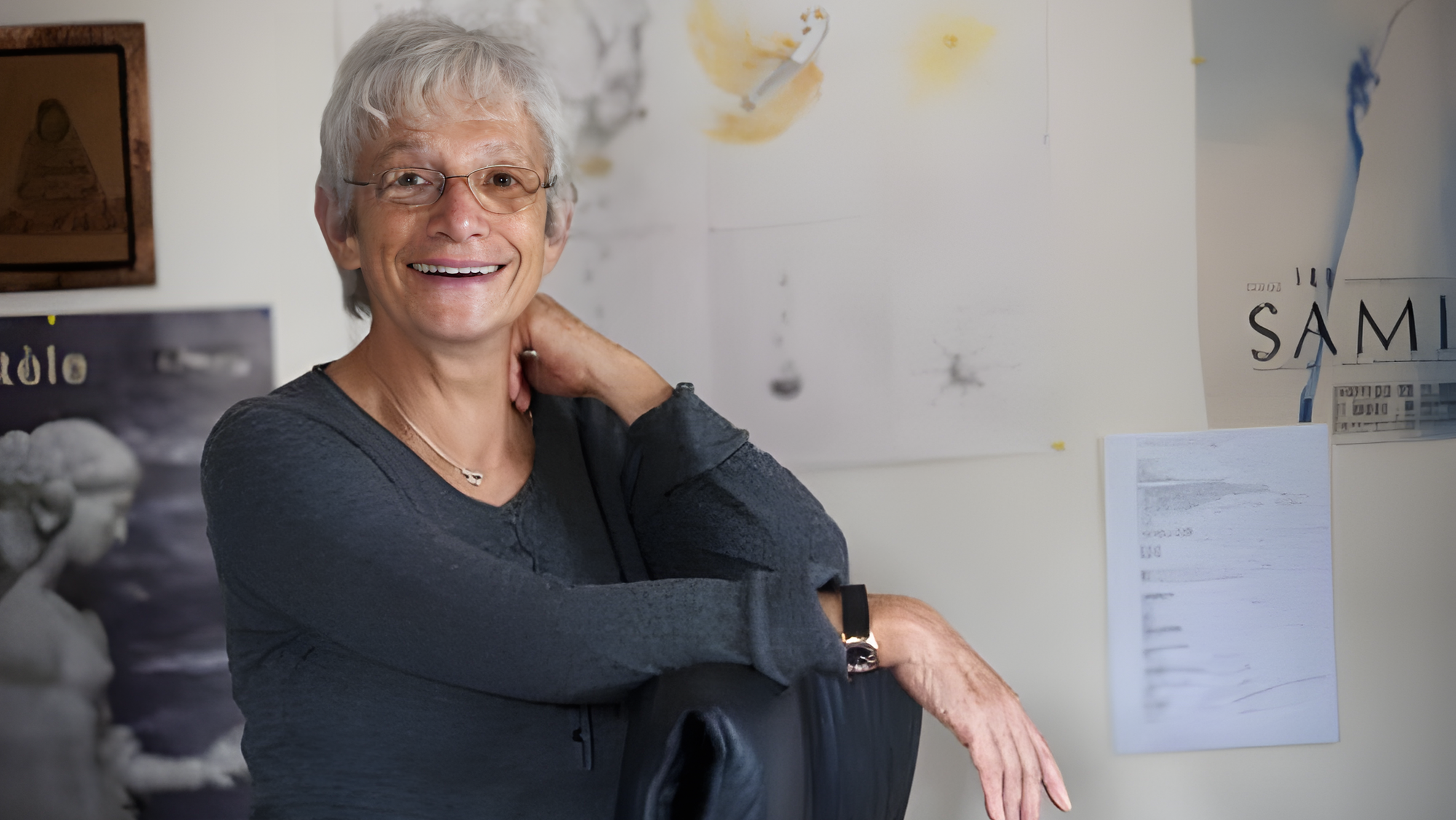Eliane Gluckman, MD, PhD, is a pioneering figure in the field of transplantation, particularly renowned for her groundbreaking work in umbilical cord blood transplantation.
She achieved a historic milestone by performing the first successful human umbilical cord blood transplant, a significant advancement that opened new avenues for treating a variety of hematological disorders. In collaboration with Hal Broxmeyer, PhD, she demonstrated that unrelated cord blood could serve as a viable source of hematopoietic stem cells, a discovery that has transformed the landscape of stem cell therapy and broadened treatment options for patients lacking matched donors.
As a founding member and former president of the European Group of Bone Marrow Transplantation, Dr. Gluckman has been instrumental in shaping the field of hematopoietic stem cell transplantation in Europe. Her leadership continues as the founder and current president of EUROCORD, a prominent clinical research group focused on advancing the study of cord blood transplantation and exploring innovative therapies for both malignant and non-malignant diseases.
Dr. Gluckman’s ongoing research delves into the complexities of umbilical cord blood transplantation and its applications in congenital bone marrow failure syndromes. Her dedication to advancing medical knowledge and improving patient outcomes has made her a key figure in the transplantation community, inspiring countless researchers and clinicians to explore new possibilities in regenerative medicine. Through her work, she not only champions the potential of cord blood as a critical resource for transplantation but also emphasizes the importance of collaborative research in tackling some of the most challenging aspects of hematological diseases. Currently her major research is to study Immunogenetics factors involved in the development of transplant complications in children especially in patients with sickle cell disease. Dr Gluckman has authored and co-authored more than 900 papers in peer-reviewed journals and contributed to various text books dealing with stem cell transplantation.

Eliane Gluckman performed first cord blood transplant in the world for Fanconi Anemia and laid foundation for field of cord blood banking. In 1990, the United States marked a pivotal moment in medical history with the first transplantation of hematopoietic stem cells derived from umbilical cord blood. This groundbreaking procedure was soon followed by similar transplants in Japan and Poland in 1994, and in Portugal in 1996, signaling the global recognition of cord blood as a vital resource for transplantation.
A significant milestone occurred in 1997 when the first transplant of “ex vivo” expanded cord blood stem cells was successfully performed on a 46-year-old patient with myeloid leukemia. This innovation highlighted the potential for enhancing the efficacy of cord blood transplants and opened new avenues for treatment strategies.
The concept of cord blood banking took root in 1992 at the University of Arizona, where the first cord blood sample was frozen for long-term storage. This sample belonged to the son of Professor David Harris, marking the beginning of a new era in regenerative medicine and transplant therapy. The establishment of cord blood banks has since enabled families to store and preserve this precious resource, facilitating access to life-saving treatments for various hematological conditions.
Fanconi anemia (FA) is a rare autosomal recessive genetic disorder characterized by a defective response to DNA damage within the FA/BRCA pathway.
Despite its rarity, the study of FA and similar bone marrow failure syndromes has significantly enhanced our understanding of normal bone marrow function and its developmental processes, as well as the mechanisms underlying cancer. Research into FA has illuminated the critical roles that DNA repair mechanisms play in cellular health, highlighting how disruptions in these pathways can lead to severe hematological conditions and increased cancer susceptibility. This knowledge has not only advanced the scientific community’s grasp of bone marrow disorders but has also paved the way for innovative therapeutic approaches in regenerative medicine and cancer treatment.
About Cord Blood Banking
Cord blood is the blood that remains in the umbilical cord and placenta after a baby is born. This blood is rich in hematopoietic stem cells, which are immature cells capable of developing into all types of blood cells, including red blood cells, white blood cells, and platelets. These stem cells are essential for treating over 70 types of diseases, including certain cancers and blood disorders, and are similar to the blood-forming stem cells found in bone marrow.
Expectant parents have the option to collect and store cord blood after birth, a process that poses no risk to either the mother or the newborn. Once collected, the cord blood is frozen and stored in cord blood banks, which can be either public or private, ensuring that it is available for future transplants when a genetic match is needed. This practice not only preserves a valuable medical resource but also offers hope for families facing serious health challenges.
For more information, visit oncodaily.com
